The story behind Arcadia’s mechanical dragonfly: a Falklands helicopter turned dance stage and Glastonbury’s newest addition
At this year’s Glastonbury festival, its newest addition celebrated the Earth and the bringing together of people – as well as putting on one hell of a party. Wallpaper* was invited for a tour
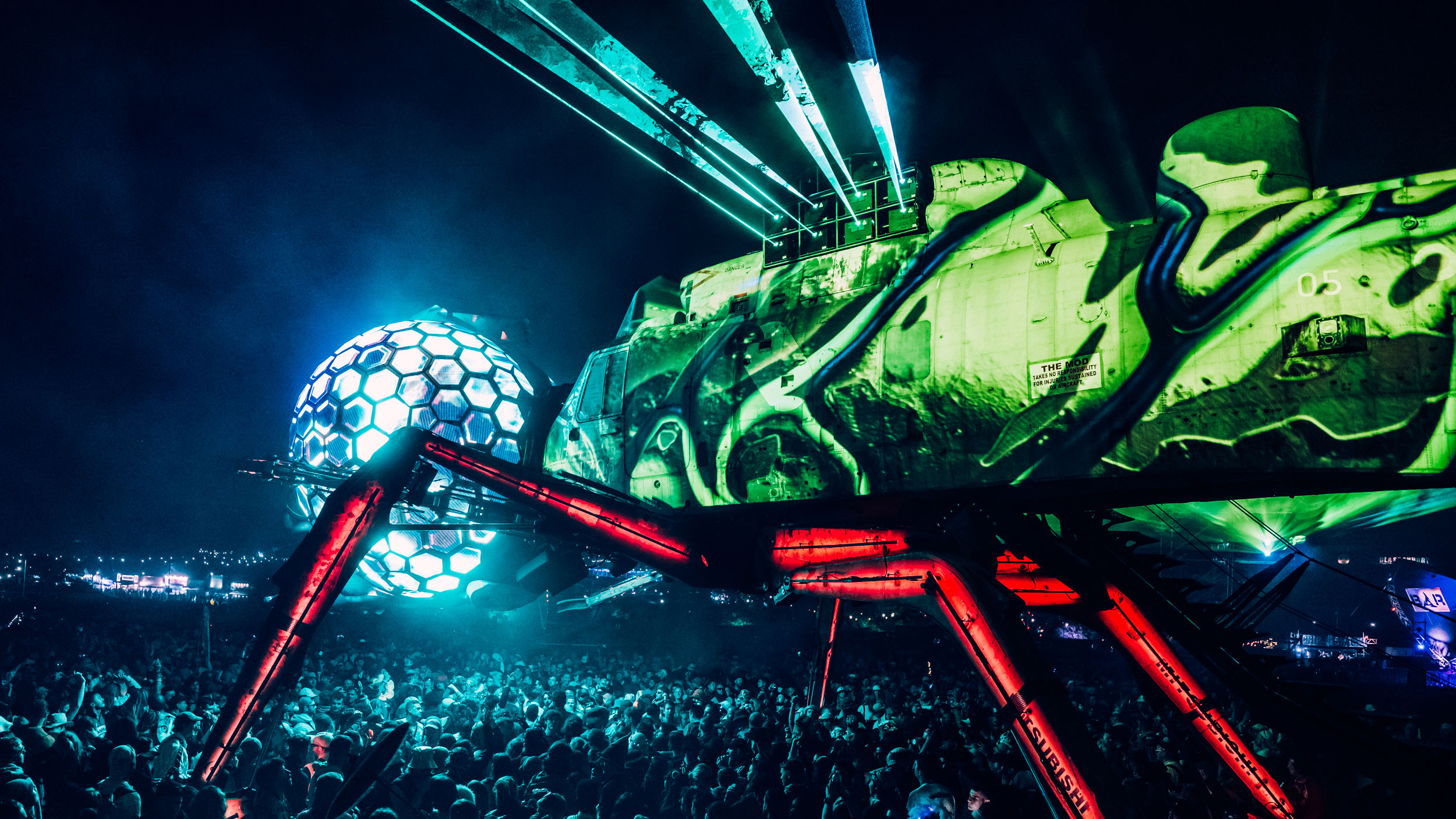
Glastonbury is many things to many people. For some, its draw is the ability to party into the small hours, often amidst the chaos of the site’s renowned South-East corner. For years, one of Glastonbury’s most hedonistic fields has been ruled by Arcadia – the sculptural art and dance collective known for their 50-tonne, mechanical fire-breathing spider. Said spider has toured the world, providing D‘n’B beats (and a few scorched eyebrows) to global festival goers, but this year, it was time for something new.
‘We have a problem with The Spider in that every year we brought it out, people seemed to like it even more,’ says Arcadia co-founder Pip Rush. ‘They were saying: “Whatever you do, don’t change the spider”, but we felt we needed a creative evolution. We were built off a bunch of people coming together and being creative – we needed some of that: a boost to do something new.’
Enter, The Dragonfly: a new, intricately designed stage with a unique story to tell. The design has been over a year in the making, the finishing touches still being applied when Wallpaper* comes to visit, hours before its grand opening. The project stays true to Arcadia’s ethos of uniting people around positive change.
‘It began when we found some Royal Navy helicopter fuselages. As they were unloaded, they started to look like a dragonfly in the sky,’ says Rush.
It prompted the Arcadia team to start scribbling out some ideas and planning their next project, the Falklands helicopter frame comprising the main body of the creature. ‘We wanted to repurpose the intent of that bit of machinery, which was designed for division and destruction, and flip it: to create a space that’s unifying.’
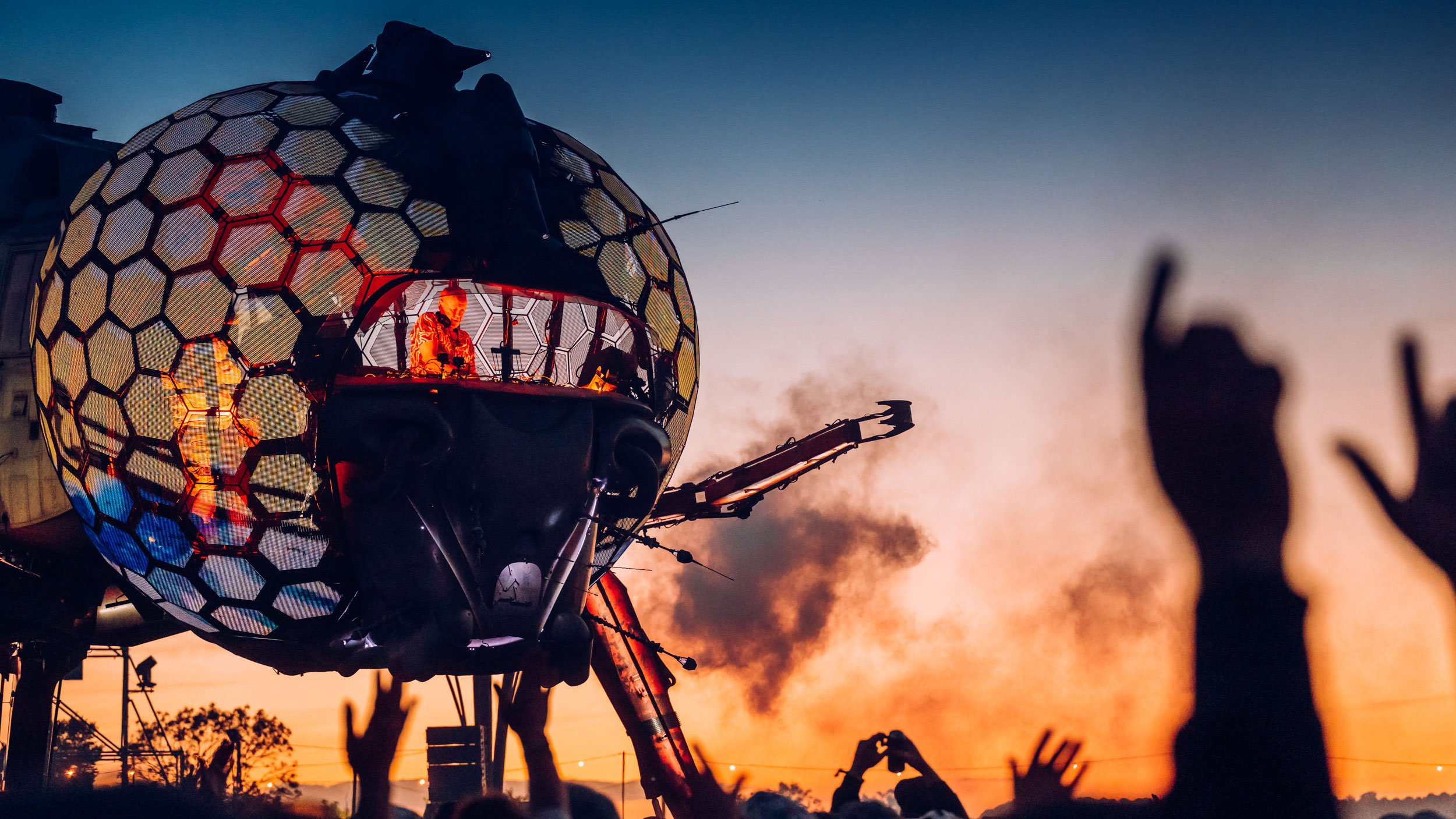
One of the main challenges was to create the dragonfly from salvaged materials, but maintain lifelike proportions.
‘It’s been an enchanting journey,’ explains co-founder Bertie Cole. ‘The Sea King itself was obviously something that was a really beautiful shape, that we couldn’t change. We derived the scale from that. Then we kept going back to real dragonflies, their posture, the proportions of their legs. We took that blueprint into scrap yards.’
Receive our daily digest of inspiration, escapism and design stories from around the world direct to your inbox.
After ‘messing about in scrapyards’ for years, it was in a huge quarry in Ireland that Cole struck gold. ‘I found these old excavators dating back to the 1960s. I spent days sifting through them to find the right limbs to match the sizes and proportions of the Sea King.’ The old diggers were transformed into the dragonfly’s legs, which stand tall above revellers, partying underneath.
For the insect’s wings, after going down many paths, they settled on lasers to bring the creature to neon life. And for its head – where DJs such as Shygirl, Fatboy Slim and Amelie Lens spun tunes all weekend – they connected hundreds of translucent screens, mimicking the insect’s many eyes.
For those who loved the grandeur of The Spider's fire-breathing prowess, bullrushes, around the edge of the arena offer a similar fiery thrill. Only this time, the flames are produced using bio-ethanol – supporting Glastonbury and Arcadia's sustainable focus.
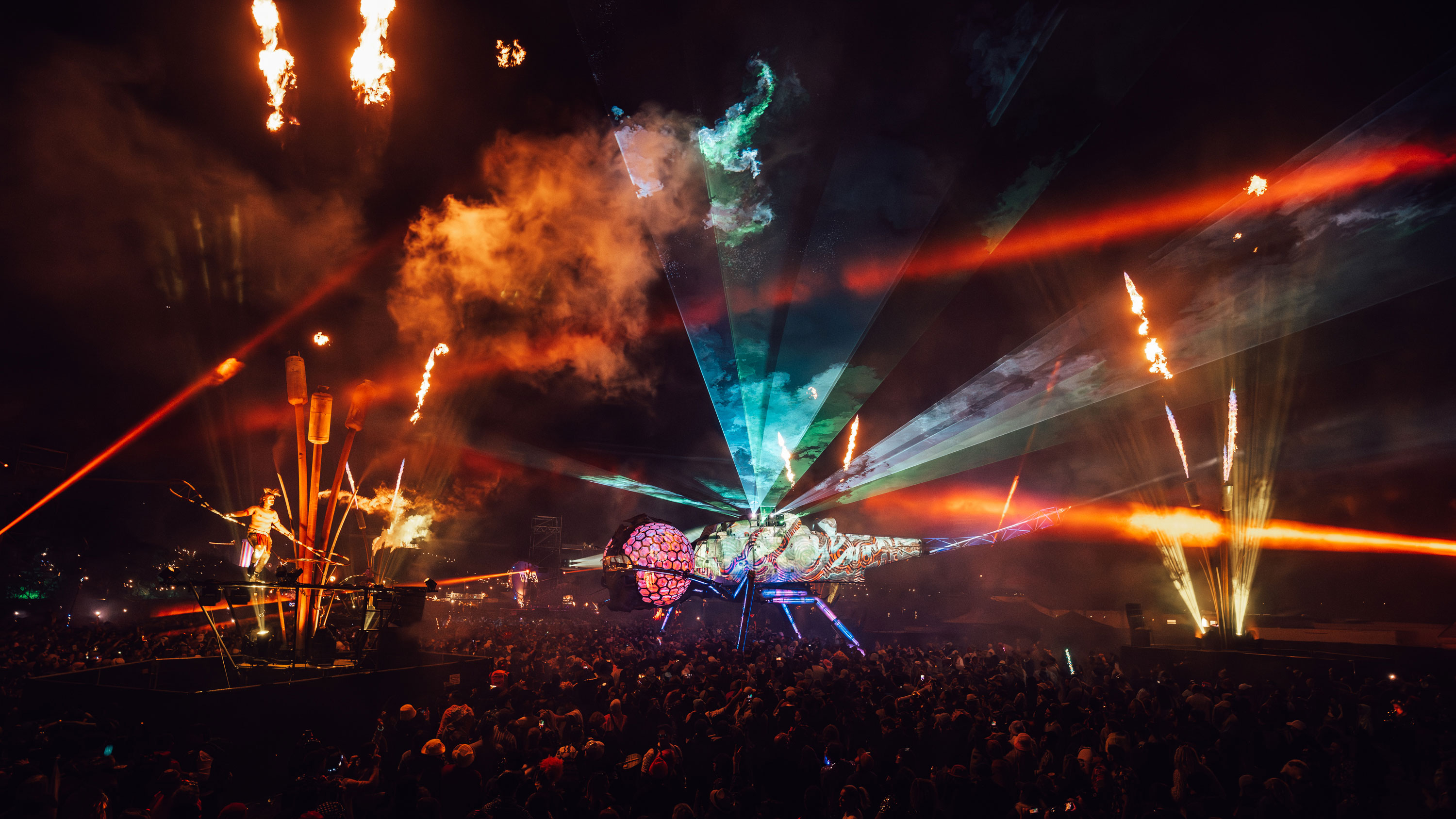
Though The Spider might no longer be a Glastonbury fixture, its web has spread far and wide, most notably building a unique connection with a First Nations community in Australia. The Wadjuk Noongar nation were captivated by The Spider, who in local lore, connects and grounds all people via its web. In celebration, they chose to perform an ancient song about a spider, for the first time in 100 years, under the Arcadia machine.
Maintaining this connection and friendship, Glastonbury this year welcomed the Wadjuk Noongar nation into the fields of Somerset. Each night, members of Arcadia and the First Nations community performed Waraloo – a song about a dragonfly – to open the stage: a spectacular ceremony that saw The Dragonfly burst into life.
As for what’s next for Arcadia, we can expect more mechanical creatures gracing festivals around the world.
‘We’re consulting for a big festival in America to go out and build something there. It will be a creature but we can’t talk too much about it at the moment,’ says Rush. ‘But it will be on a huge, huge scale.’
Charlotte Gunn is a writer and editor with 20 years experience in journalism, audience growth and content strategy. Formerly the Editor of NME, Charlotte has written for publications such as Rolling Stone, CN Traveller, The Face and Red.
-
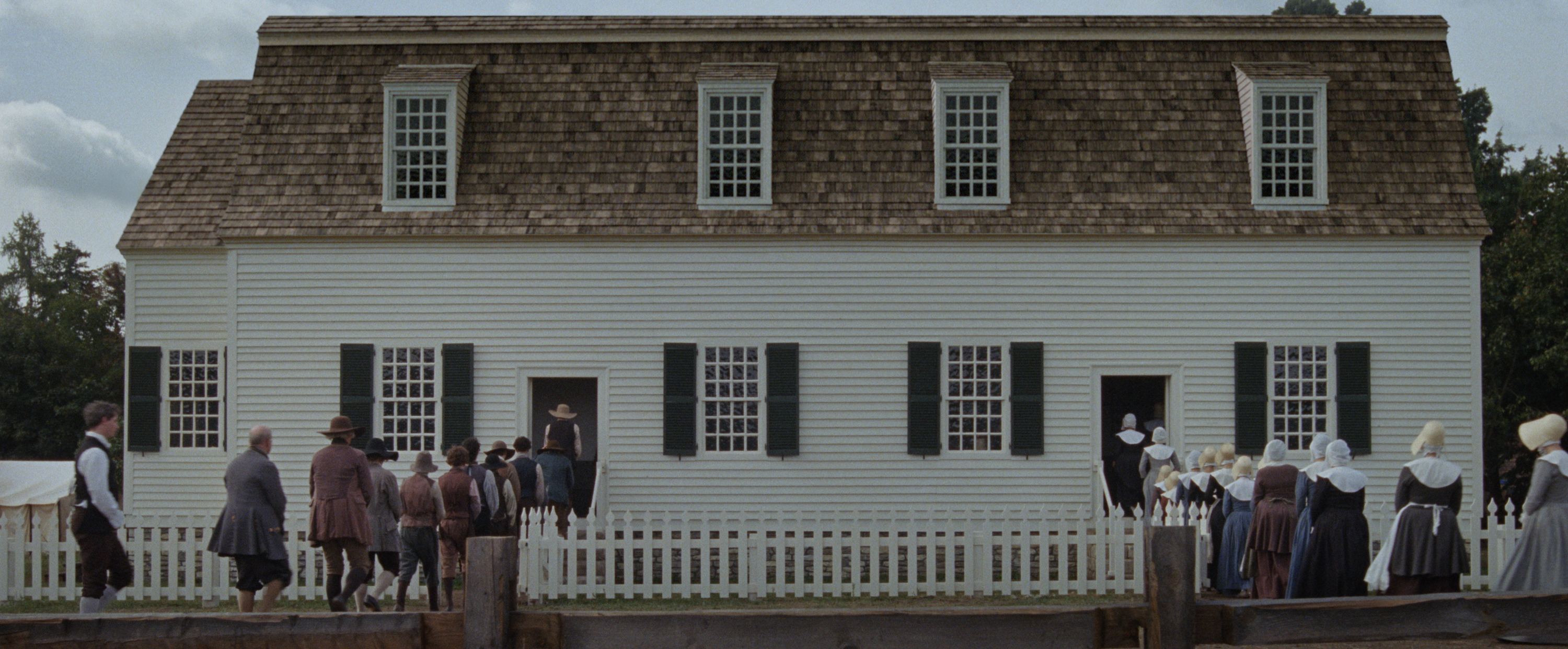 The Testament of Ann Lee brings the Shaker aesthetic to the big screen
The Testament of Ann Lee brings the Shaker aesthetic to the big screenDirected by Mona Fastvold and featuring Amanda Seyfried, The Testament of Ann Lee is a visual deep dive into Shaker culture
-
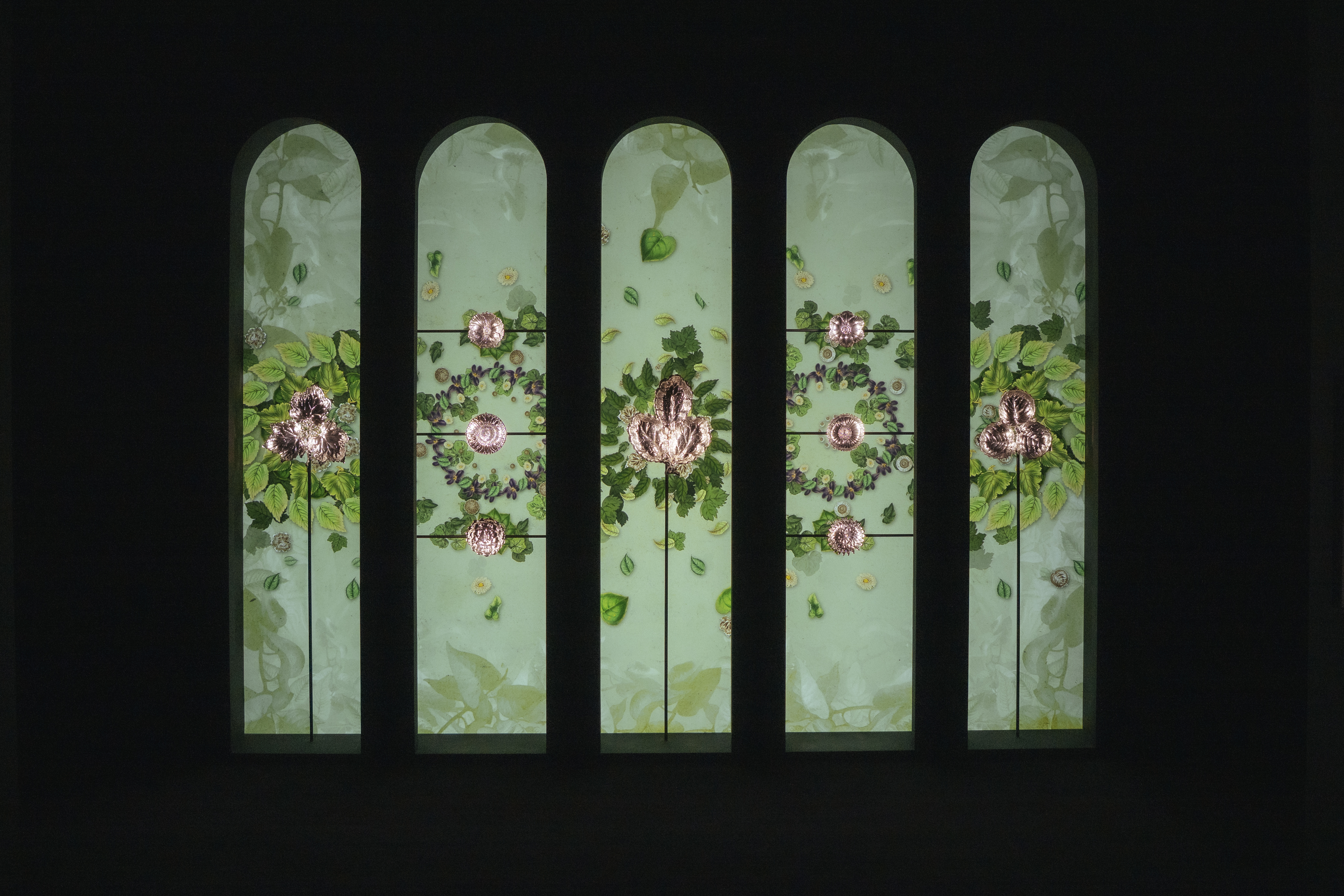 Dive into Buccellati's rich artistic heritage in Shanghai
Dive into Buccellati's rich artistic heritage in Shanghai'The Prince of Goldsmiths: Buccellati Rediscovering the Classics' exhibition takes visitors on an immersive journey through a fascinating history
-
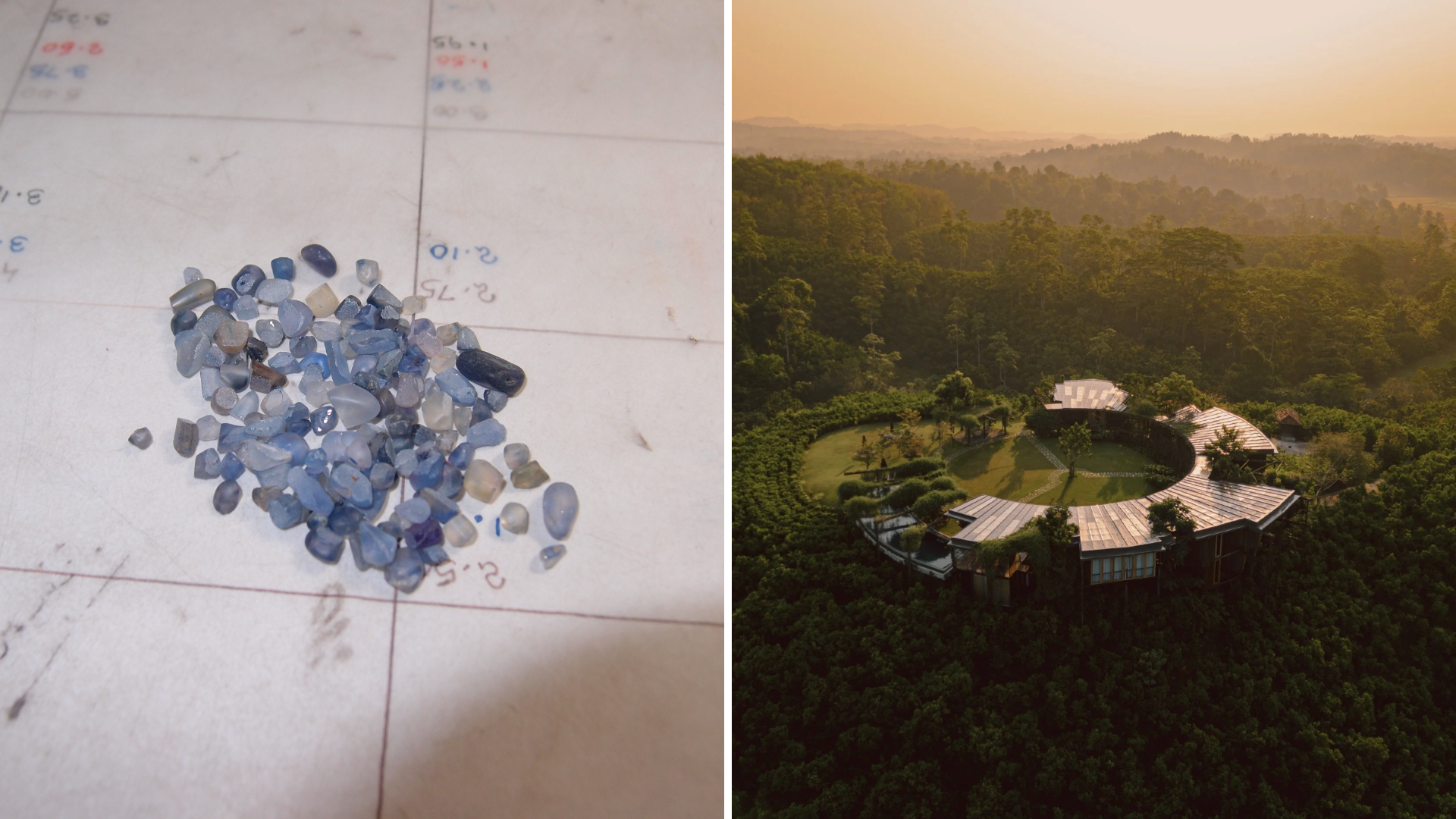 Love jewellery? Now you can book a holiday to source rare gemstones
Love jewellery? Now you can book a holiday to source rare gemstonesHardy & Diamond, Gemstone Journeys debuts in Sri Lanka in April 2026, granting travellers access to the island’s artisanal gemstone mines, as well as the opportunity to source their perfect stone
-
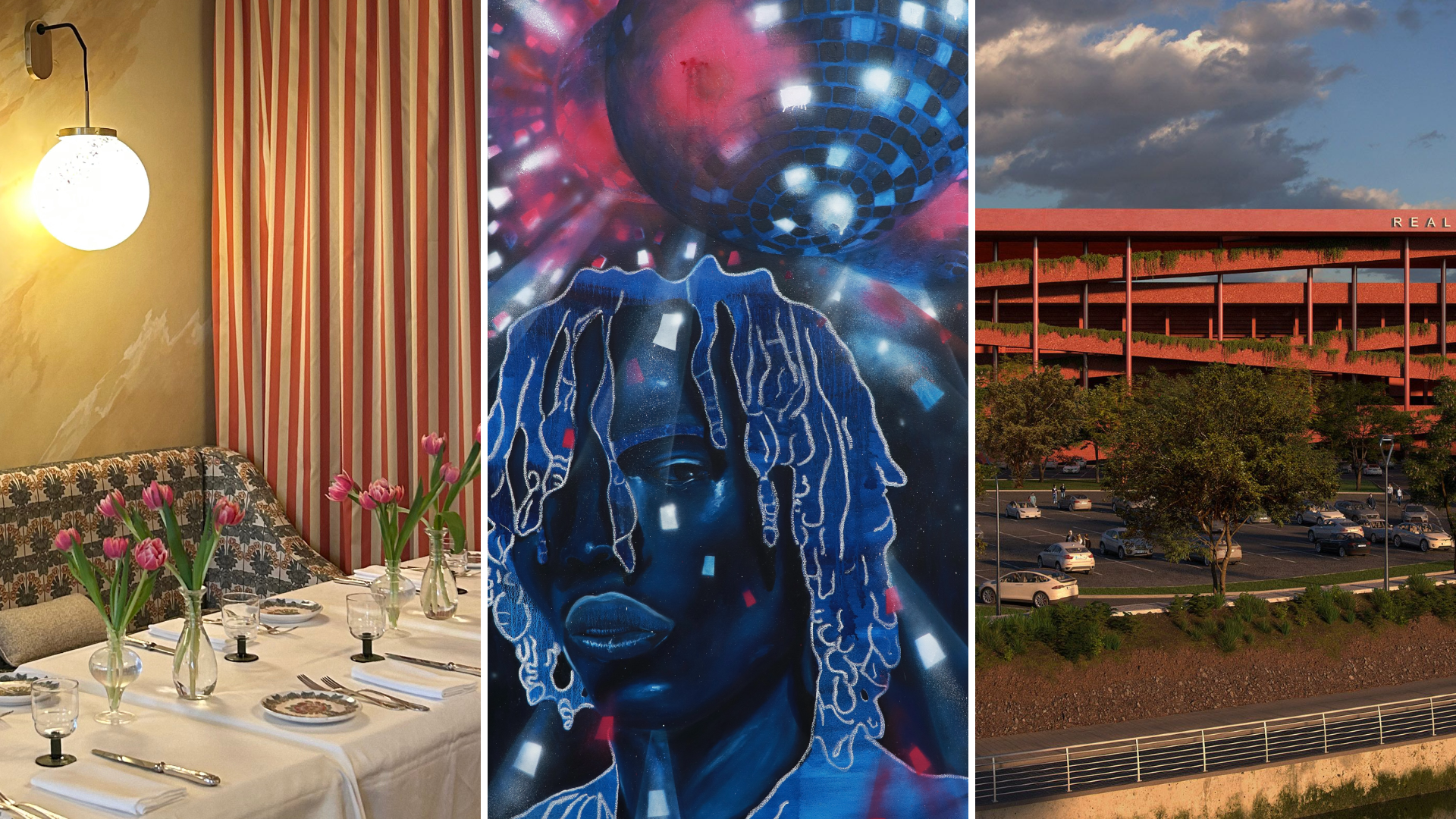 Out of office: The Wallpaper* editors’ picks of the week
Out of office: The Wallpaper* editors’ picks of the weekIt’s wet, windy and wintry and, this week, the Wallpaper* team craved moments of escape. We found it in memories of the Mediterranean, flavours of Mexico, and immersions in the worlds of music and art
-
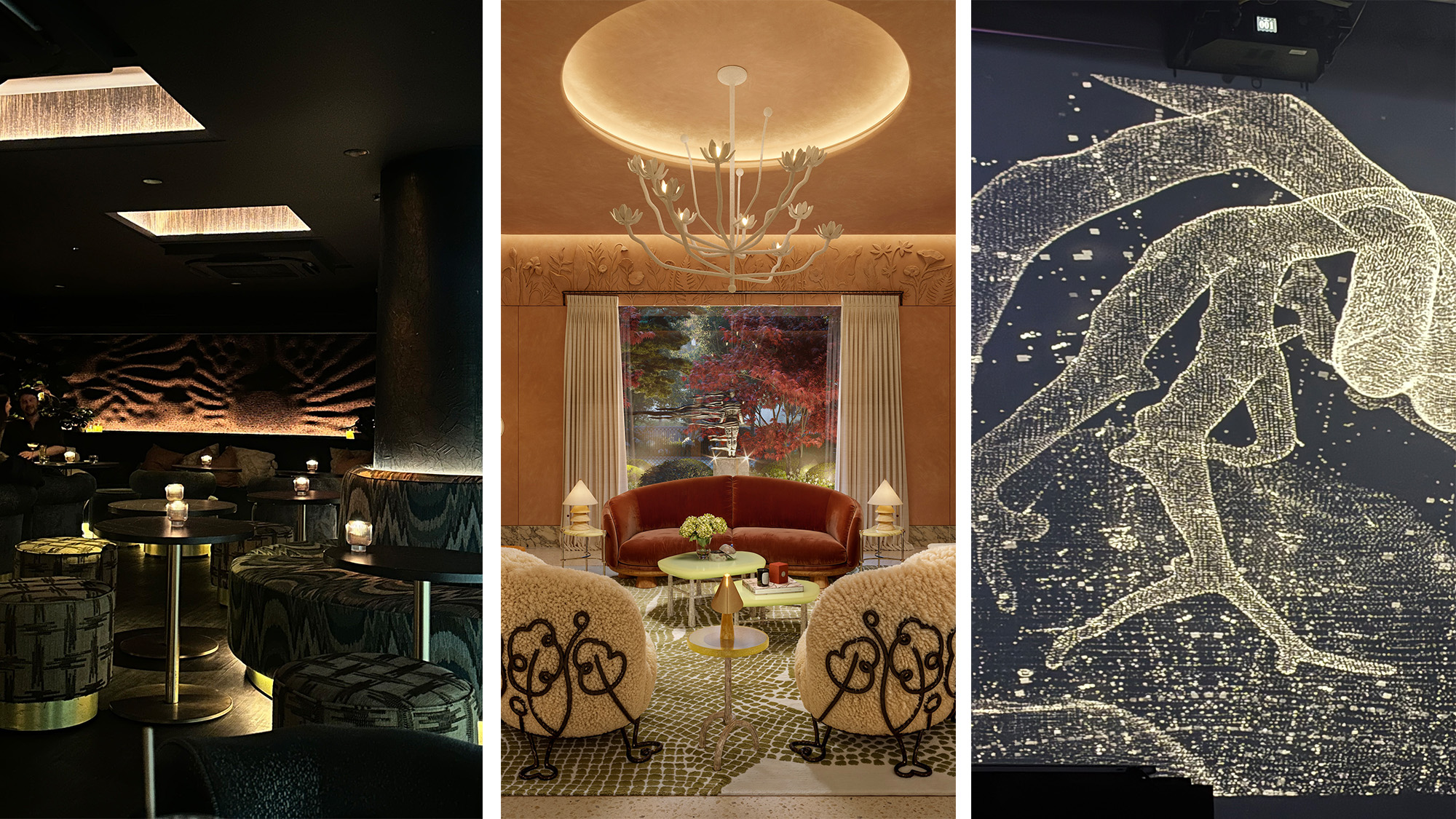 Out of office: The Wallpaper* editors’ picks of the week
Out of office: The Wallpaper* editors’ picks of the weekThe clocks have gone back in the UK and evenings are officially cloaked in darkness. Cue nights spent tucked away in London’s cosy corners – this week, the Wallpaper* team opted for a Latin-inspired listening bar, an underground arts space, and a brand new hotel in Shoreditch
-
 Out of office: the Wallpaper* editors’ picks of the week
Out of office: the Wallpaper* editors’ picks of the weekThis week, our editors have been privy to the latest restaurants, art, music, wellness treatments and car shows. Highlights include a germinating artwork and a cruise along the Pacific Coast Highway…
-
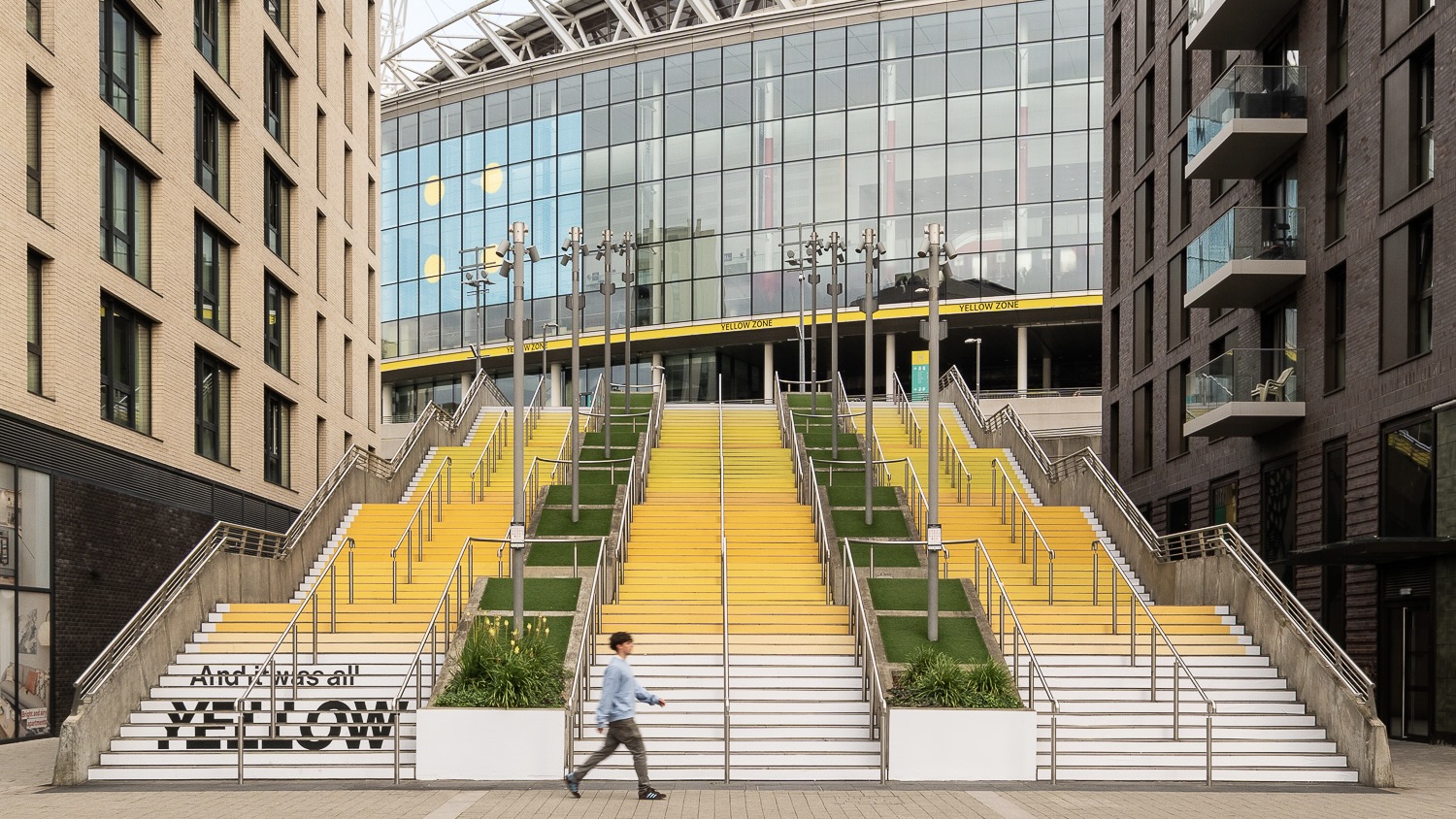 Pantone’s new public art installation is a tribute to Coldplay’s ‘Yellow’, 25 years after its release
Pantone’s new public art installation is a tribute to Coldplay’s ‘Yellow’, 25 years after its releaseThe colour company has created a – you guessed it – yellow colour swatch on some steps in Wembley Park, London, where the band will play ten shows this month
-
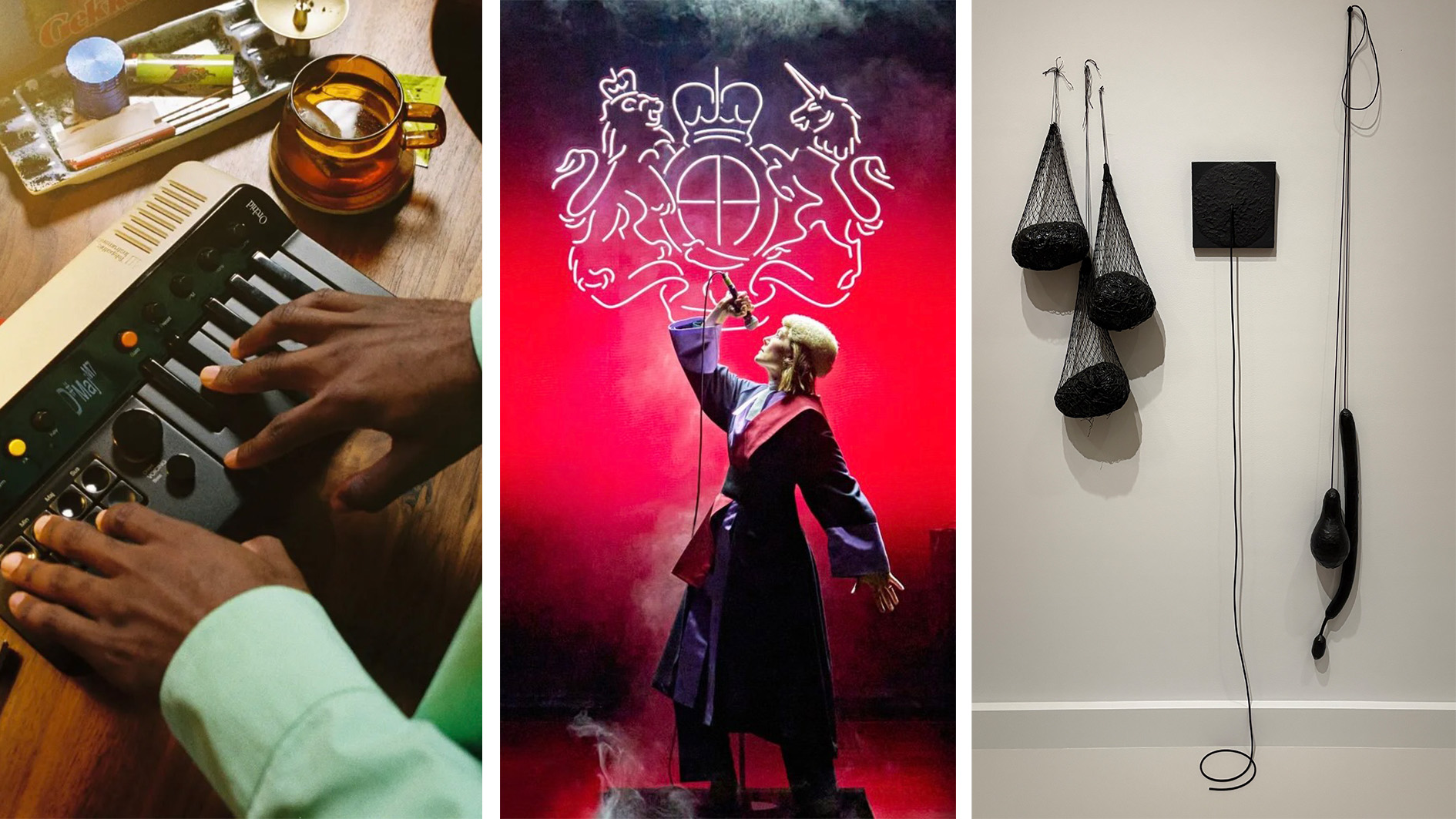 Out of office: the Wallpaper* editors’ picks of the week
Out of office: the Wallpaper* editors’ picks of the weekThe Wallpaper* team immersed themselves in culture this week, attending theatre, music and art performances and exhibitions at some of London’s most esteemed establishments. Along the way, we may have discovered the city's best salad…
-
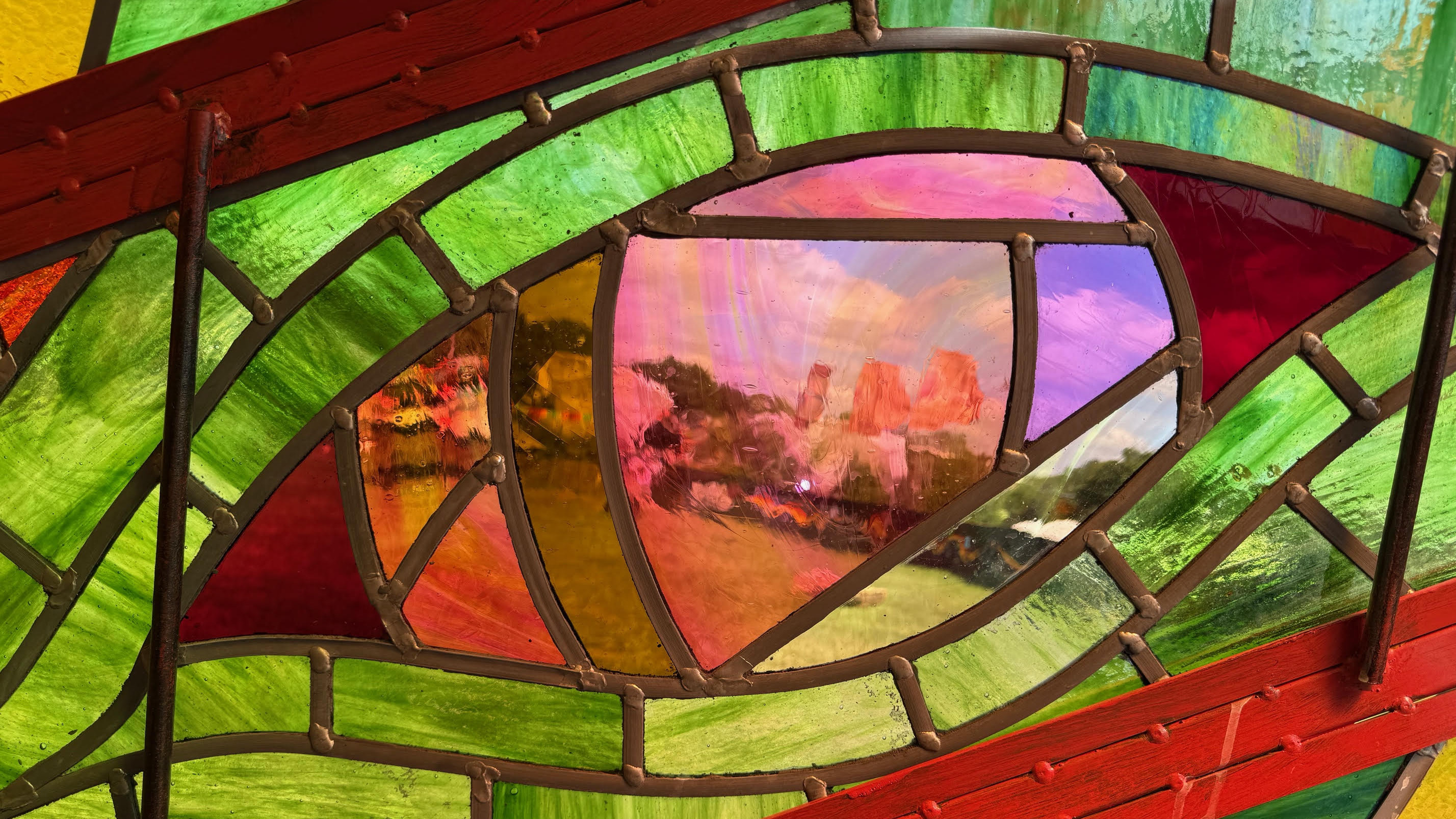 A bespoke 40m mixed-media dragon is the centrepiece of Glastonbury’s new chill-out area
A bespoke 40m mixed-media dragon is the centrepiece of Glastonbury’s new chill-out areaNew for 2025 is Dragon's Tail – a space to offer some calm within Glastonbury’s late-night area with artwork by Edgar Phillips at its heart
-
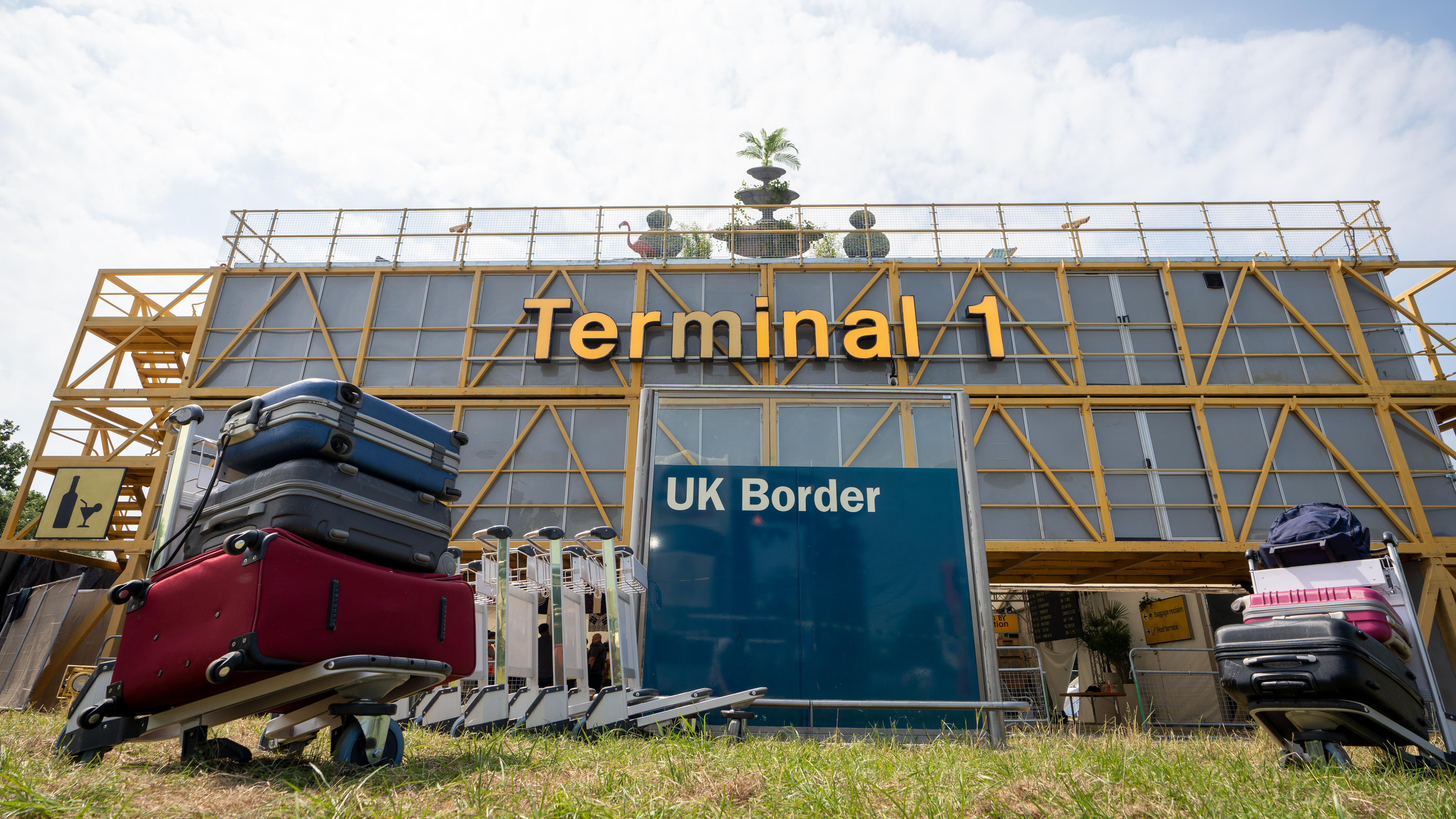 Glastonbury’s Terminal 1 is back: ‘Be prepared to be deeply moved and then completely uplifted’
Glastonbury’s Terminal 1 is back: ‘Be prepared to be deeply moved and then completely uplifted’Terminal 1 is an immersive, experiential space designed to deliver a vital message on immigration rights at Glastonbury 2025
-
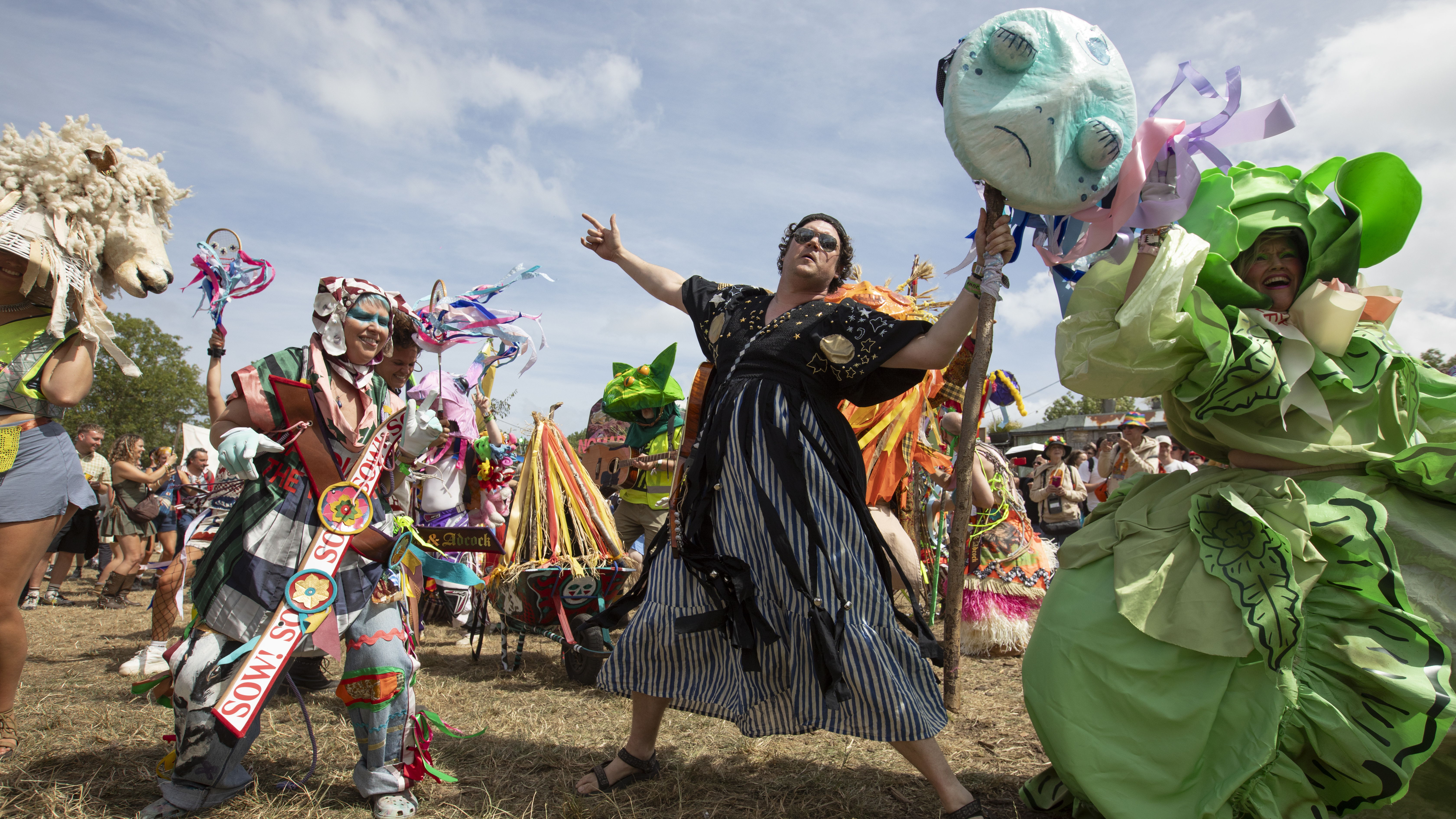 At Glastonbury’s reinvented Shangri-La, everything must grow
At Glastonbury’s reinvented Shangri-La, everything must growWith a new theme for 2025, Glastonbury’s Shangri-La is embracing nature, community and possibility; Lisa Wright is our field agent